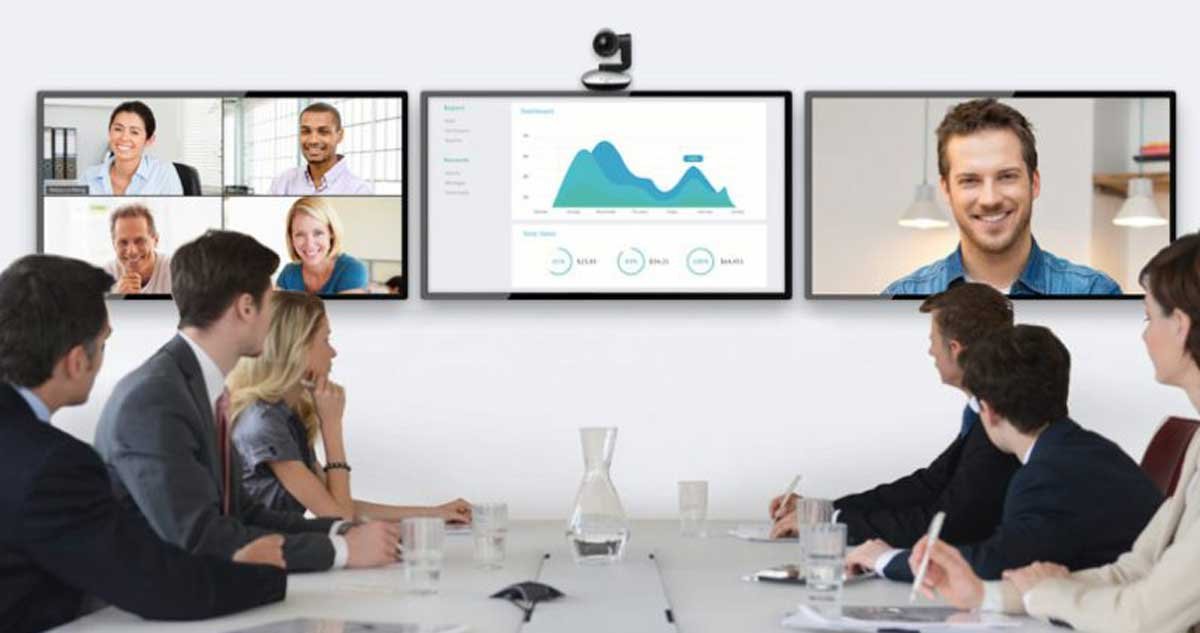An interactive event is a customized event that uses and implements technology to communicate and converse with the audience. Such sessions make the environment engaging and appealing, allowing the viewers to join in and offer their ideas and views on the presented information. They capture the audience’s imagination and viewpoints, allowing for better and necessary feedback on the event.
An interactive event allows the involved individuals to discover and try out new and distinct interactive environments and devices of mingling and conversing. It creates a collaborative atmosphere where people can freely and comfortably share a little about themselves and their backgrounds or businesses. The participants can explore and seek out designs and frames of cooperative activities and plans in such events. They can also compare and contrast their applied and used methods with the rival and allied companies alike.
An interactive event has the primary purpose of bringing together individuals from varied backgrounds. It allows them to can get acquainted with one another and extend their reach. It creates a platform where people with similar interests, businesses, and hobbies can meet and collaborate with the other attendees.
What Do We Understand By the Term Interactive Meeting?
An interactive meeting is something like an upgraded version of a conventional conference. Unlike its traditional counterpart, it allows all involved individuals to pitch in and participate. It provides them with the opportunity of sharing their ideas, concepts, and views. Overall, it helps the decisions and conclusions reached in the meeting significantly. It makes it so that the final ruling of the session is one that everyone agreed upon and accepted.
An interactive meeting can also work on the system and the basis of audience response. The mechanism can consist of a poll or question-and-answer session.
Either of the activities can test the understanding that the audience perceives from the presented information. Ultimately, they serve to receive feedback that can get analyzed. They help explore and comprehend their insights as a means of communicating with the audience. An interactive meeting can also include team-building games and activities that require one member of the team or group to converse and connect with the others.

What Do We Understand By the Term Interactive Presentation?
An interactive presentation is a unique way of presenting information and data to the audience and engaging in a two-way exchange and discussion with them at the same time. Hence, it allows the presenter to converse and collaborate with the audience while delivering the content. Such presentations can come with a hotspot, hyperlink, or link. They can navigate and direct the audience to other items, websites, pages, or products.
Other mechanisms and features of an interactive presentation can also consist of message popup boxes and the facility to shift or jump to another slide of the same document or another one.
An interactive slide modifies the monotonous and conventional format and linear style of any presentation. With all that it has to offer, it allows the presenter and audience to interact. In other words, an interactive presentation permits both parties to speak with one another. It does not limit one to talk to the other.
What are the Benefits of Incorporating and Using an Interactive Event, Interactive Meeting, or an Interactive Presentation?
All offline or online events, meetings, and presentations interactive in nature come with and provide numerous advantages to both the presenter and the audience. A few of these benefits entail the following:
-
Makes the Sessions and Conferences More Engaging and Fun
An interactive event, meeting, or presentation helps remove and eliminate the boredom and monotonousness of any conference or session. It makes it so that the attendees and the audience can have a fun, exciting, and engaging time. They allow all the involved parties to interact and converse with one another, permitting each of them to feel like they are an active part of the event, meeting, or presentation.
An interactive event, meeting, or presentation gathers and applies each participating person’s thoughts and viewpoints on a particular topic, idea, or situation. They ensure that the audience and attendees do not feel left out.
-
Allows for a Suitable Degree of Understanding and Retention of the Delivered Content
An interactive event, meeting, or presentation keeps the audience interested, engaged, and focus on a significant part, if not for the entirety of the conference or session. It enables the viewers and attendees to listen and comprehend most of the relayed information, understanding and perceiving what the presented data wishes to relay. The interactive nature of the content compels them to sustain their attention for a longer span, sometimes even for the entirety of the event, presentation, or meeting.
It, in turn, allows the attendees and participants to remember and retain the delivered content and recall it at any moment as and when required. It can primarily get owed to the fact that an interactive event, meeting, or presentation involves and brings in all the concerned individuals. When a person does something by themselves or hands-on, they can recollect it better. Overall, it leaves an irrevocable and eternal impression on them.
-
Optimizes and Curbs Textual Data Content
An interactive event, meeting, or presentation converts and transforms textual data into the form of audio, image, video, or link. It helps curb the overall word-based content from a document that finds application in a session or conference.
This optimization allows for a reduction in the time spent explaining each term and its significance. It also makes the document engaging and stimulating, allowing the audience to remain motivated and interested.
-
Permits Customization and Personalization
An interactive event, meeting, or presentation is exceedingly flexible in its operation, format, and application. It implies that either of the three can get customized according to the host, audience, viewer, or moderator’s wishes, necessities, and preferences at any time. This personalization and modification ability makes the session or conference interactive and appealing, preventing the audience and attendees from losing their concentration and attention.

